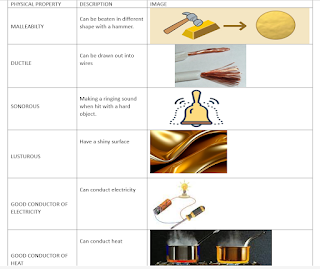ELECTRICAL WIRING OF YOUR CLASSROOM
Consider a group of Year 7 students are gathered to discuss the materials needed for wiring of their classroom.
Their teacher Ms. Remya has introduced the importance of analysing the properties of metals for each real life applications.

Comments
Post a Comment